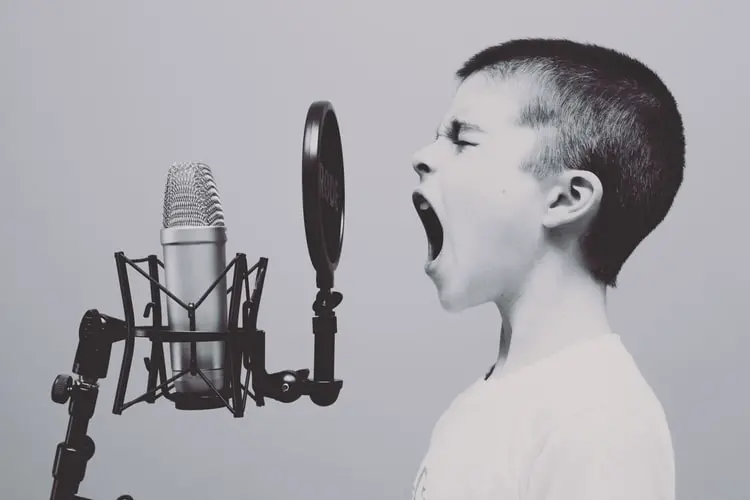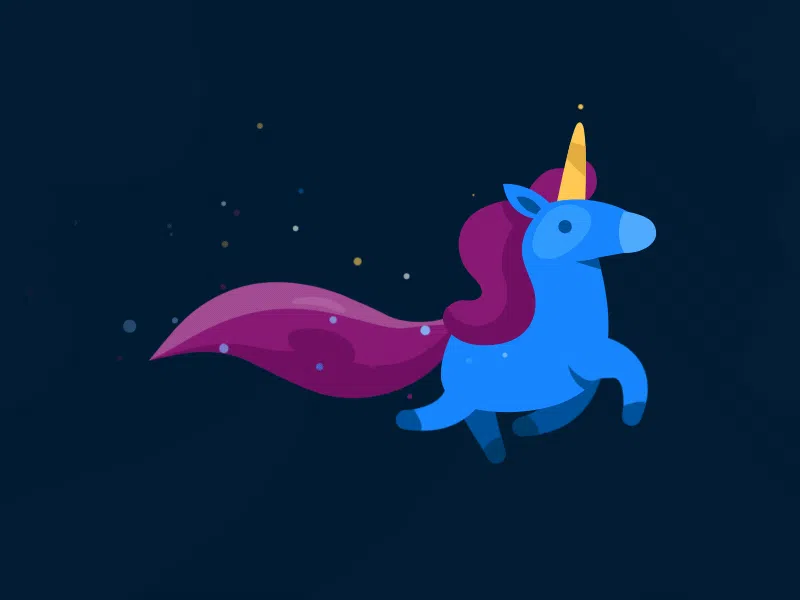Animation in Web Design: All a Client Needs to Know
Animation has always served to help breathe soul into the pages of your website, make it more lively and understandable for the user, and improve their experience. Even primitive animation, the simplest GIFs, and flashing images are often used for decorative purposes. They may entertain the user and simply distinguish your website from competitors.
From the first glance, moving pictures and gifs are nothing serious, more like fun. But let’s see what web animation can bring for the website owner and the business as a whole.
7 Types of Animations
Animation in web design may vary. Nowadays, animation effects are made functional. They improve the website’s usability and increase engagement. More recently, it’s become an integral part of great UX / UI design, which makes the user comfortable. Let’s check out what basic types of animated website design you may come across.
Hover
CSS hover effects are applied for images, buttons, hovering over links, blocks, etc. Very often on websites, you could see a change in the design of links or buttons on hover. A special pseudo-class: hover in CSS allows implementing this task. These layout techniques are applied to:
- Effect buttons and links.
- Hover images.
- CSS library (included separately).
These are the most exciting and widely applied hover effects you may ever notice in web design.
Page Motion
Whole page animation as an effect may usually mean the slight movements of the entire website background. No wonder, Motion is type of animation apps which is easy to use. Using page motion graphics may help you to enhance your website in many ways. The major thing here will be not to overdo. Keep it a harmony.
Scrolling
Here the principle is still the same: what you need to draw the attention of the visitor to goes in the first place and is highlighted while scrolling up and down. So, if you think it’s time to add some animation to your page when a visitor scrolls, go ahead.
Backgrounds
In traditional animation, background layouts are more like line drawings of the background for a scene. So, in web design, it’s instead an environment on your website where the users get. The animation effect is added to provide more visual interest to your website background and the interaction.
Attracting attention
Of course, if you apply some Fast animations in your website design, they are more likely to attract your user’s attention when they happen outside the user’s focus. The motion added to motionless areas is the first to grab your attention and engage to spend some more time on.
Navigation and Menus
While using animation effects here, when the menu items appear, the screen overlaps. When you click on the menu elements, a smooth transition of the underline may be used for the active link, etc. Transforms and animations are also used in navigation with the transition property.
Loading Animations
Let’s see how HubSpot defines loading animations:
‘Loading animations are notifications that reassure users that the system is still handling their request. Some animations have progress bars that indicate how long it will take for data or content to load. This gives users a real-time update — or distraction — that makes waiting more bearable.’
5 Animation Techniques
No matter which type of animated web page design you prefer for your website design, you may achieve these effects with the help of a range of animation techniques. Let’s revise some of them.
Progression
If we take the Loading animation that may influence your users’ perception of time, we can make it seem less than it is by applying this technique. One of the UX principles is to make waiting comfortable if you cannot shorten the line in some other way. Even if the load time is short, the animation will add so much fun and engage the viewer better.
Skeleton screens
Another technique applied that may be found anywhere humans are forced to wait throughout the websites is Skeleton screens. They are found in different sections shapes and sizes are seemingly everywhere across the web and apps.
The pattern was introduced to ‘mitigate focus on the loading process, versus the actual content that is loading.’
Transition without hard cuts
The most basic form of transition is the hard cut or move from the end of one scene to the beginning of the next without any changes or effects. To transit without such hard cuts smoothly is the aim of this essential motion design technique.
Visual feedback
In other words, this is an animated response to the user’s action. Good interaction design provides feedback, which communicates the results of any encounter. Sometimes people do not know what elements are interactive, which frustrates them. Visual feedback makes everything visible and understandable.
Galleries and slideshows
And finally, you can animate text, pictures, shapes, tables, other graphic objects for your web galleries and slides. Indeed, a presentation that has a bit of animation engages and delights viewers more than anything.
When You Should Use Animation?
High-quality and appropriate animation of web pages brings aesthetics and helps in work by visualizing needful information. This is one of the foundations of web design UX today. The interaction of users with modern websites is heavily tied to animation techniques. So, any of them you may use in a range of cases:
- Data loading animation
- Animated reaction to user actions
- Attracting attention with animation
- Navigation
- Creative effects and so much more.
Animation is also used to enable reporting on specific page states, focusing the users’ attention. Animation helps the user to see the result of his actions and can influence their behavior.
Do you want to create your own animation? – Feel free to contact us
Therefore, when designing pages, it is necessary from the very beginning to remember the interactive nature of the webspace and incorporate animated objects as a natural part of that space. If you need video for your business, make sure you know what to do. Good luck!
Conclusion
Your website animation design should be more than set of phrases of data visualization languages. Great website animation manages the interaction between the user and the web page. As a result, the animation plays a significant role in conveying information in the most appropriate way.


